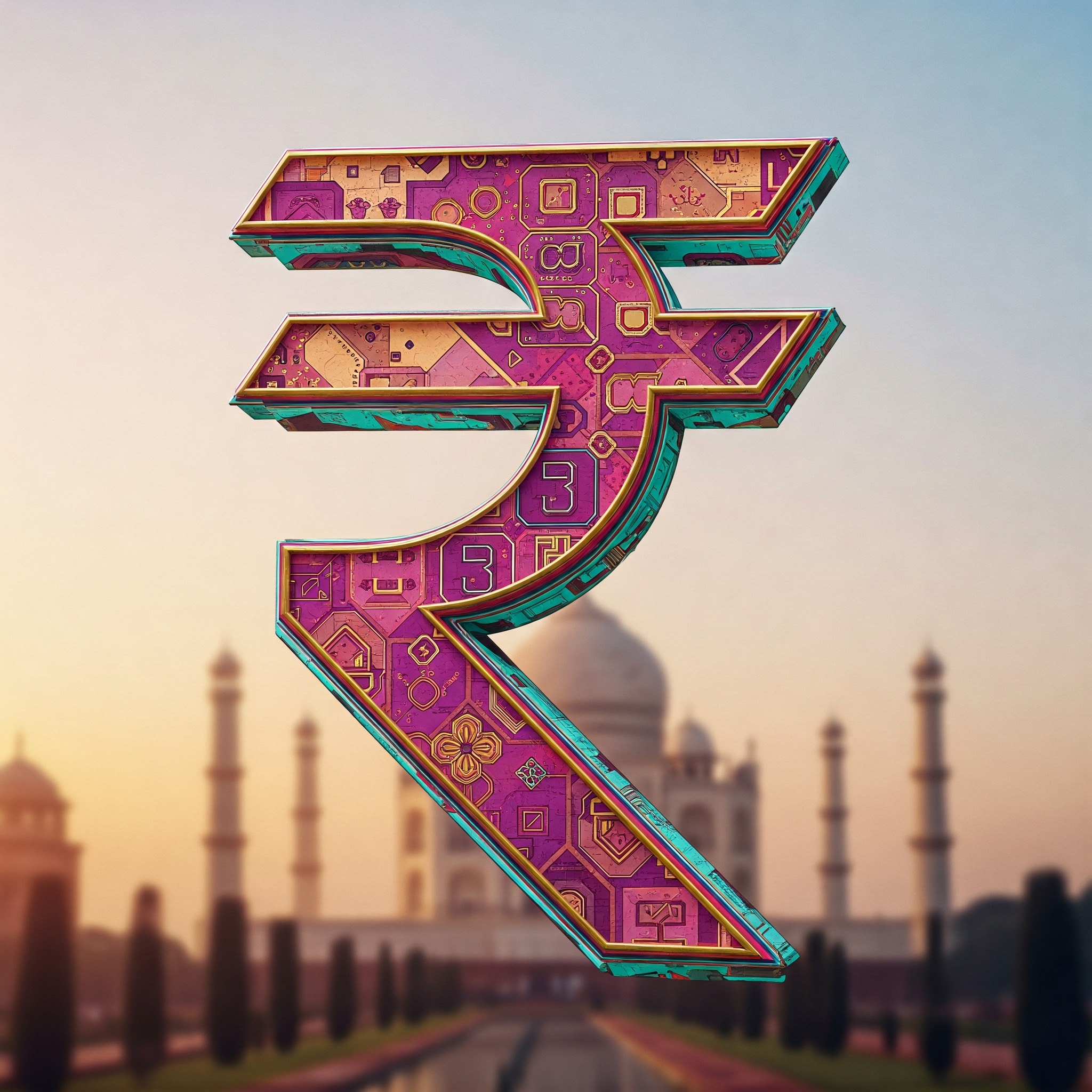Introduction
The Indian Rupee (₹) has a rich history dating back to ancient times, evolving through various economic and political phases. Meanwhile, in the modern era, Unified Payments Interface (UPI) has revolutionized digital transactions in India, making seamless and instant financial transfers possible. This article delves into the history of the rupee, the development of UPI, and their significance in India’s economic landscape.
1. The History and Evolution of the Rupee
1.1 Ancient Origins of the Rupee
- The concept of money in India dates back to the 6th century BCE, with punch-marked coins made of silver.
- These coins were used during the rule of Mahajanapadas (ancient kingdoms).
- The Sanskrit word "Rūpya" means silver, which later became the basis for the term "rupee."
1.2 The Mughal Era and Standardization of the Rupee
- In the 16th century, Sher Shah Suri introduced the first standardized silver rupee coin (weighing 11.53 grams).
- The rupee became a widely accepted currency under the Mughal Empire and was used even during British rule.
1.3 British Colonial Rule and Paper Currency
- The British East India Company introduced paper currency in the late 18th century.
- The Rupee was pegged to the British Pound under colonial rule.
- In 1935, the Reserve Bank of India (RBI) was established, and in 1938, the first RBI-issued rupee notes were printed.
1.4 Post-Independence Developments
- After India’s independence in 1947, the rupee underwent several changes, including the introduction of decimalization in 1957 (100 paise = 1 rupee).
- The rupee’s value was linked to various foreign currencies over time, but it was eventually allowed to float freely in 1991 as part of economic reforms.
1.5 Introduction of the Rupee Symbol (₹)
- Before 2010, India used "Rs" or "INR", often confused with Pakistani and Sri Lankan rupees.
- In 2010, the Indian government introduced the official rupee symbol (₹), designed by Udaya Kumar Dharmalingam.
- The symbol is a combination of Devanagari "Ra" (र) and Roman "R", representing India’s cultural and economic identity.
2. The Rise of UPI – A Digital Payment Revolution
2.1 Pre-UPI Digital Payment Systems
- Before UPI, India had NEFT, RTGS, and IMPS, but they required lengthy banking details and had transaction restrictions.
- Mobile wallets like Paytm and FreeCharge gained popularity, but they had limitations in interoperability.
2.2 Birth of UPI and How It Works
- In 2016, the National Payments Corporation of India (NPCI) launched UPI with support from RBI and the Indian government.
- UPI allows instant, 24/7 transactions using just a mobile number or Virtual Payment Address (VPA), eliminating the need for bank details.
- It integrates multiple bank accounts into a single mobile application, enhancing user convenience.
2.3 Growth and Popularity of UPI
- 2020–2023 saw exponential growth, with Google Pay, PhonePe, Paytm, and BHIM leading transactions.
- As of December 2023, UPI recorded over 12.1 billion transactions per month.
- The introduction of UPI Lite and UPI International expanded digital transactions globally.
2.4 Key Features of UPI
- Real-time transactions: No waiting time; instant fund transfers.
- Interoperability: Works across all banks and apps.
- QR-based payments: Scan & pay feature for seamless shopping.
- No transaction fees: Unlike credit cards, UPI is largely free for users.
- Enhanced security: Uses two-factor authentication and tokenization.
3. Significance of the Rupee and UPI in India’s Economy
3.1 Symbol of Economic Stability
- The rupee represents India’s economic strength, with efforts to internationalize it in trade.
- RBI manages inflation and foreign exchange reserves to maintain rupee stability.
3.2 Financial Inclusion and Digital India
- UPI has made banking accessible to millions, including rural areas with low banking penetration.
- It has supported government schemes like Direct Benefit Transfers (DBT) and subsidies.
3.3 Reduction in Cash Dependency
- UPI has significantly reduced cash transactions, promoting a cashless economy.
- It plays a crucial role in reducing black money and corruption.
3.4 Small and Medium Business Growth
- Small businesses benefit from zero-cost transactions and instant settlements, reducing dependency on POS machines.
- It has empowered millions of street vendors and small retailers.
3.5 International Expansion of UPI
- Countries like UAE, France, Singapore, and Bhutan have adopted UPI-based systems for cross-border payments.
- India is pushing for global UPI adoption, similar to China’s Alipay.
Conclusion
The Indian rupee has a deep-rooted historical significance, evolving from ancient silver coins to a modern global currency. Meanwhile, UPI has reshaped India's financial landscape, making digital transactions more accessible and efficient. Together, the rupee and UPI symbolize India's journey from traditional trade to a digital-first economy, playing a pivotal role in financial inclusion and economic progress.
As India continues its digital transformation, the rupee and UPI will remain key pillars of economic growth, innovation, and global financial integration. 🚀💰




